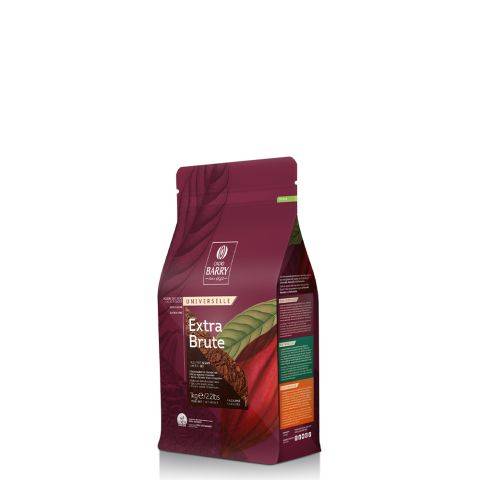The Difference Between Alkalised and Natural Cacao Powder, An Overview
The Difference Between Alkalised and Natural Cacao Powder, An Overview
Have you ever wondered about the difference between alkalized and natural cacao powder? These two types of cacao powder undergo different processes that result in distinct flavours, colours, and nutritional profiles. Here, we'll explore the characteristics of alkalized cacao powder, also known as "Dutched" powder, and natural cacao powder, shedding light on their production methods and helping you make an informed choice for your culinary creations.
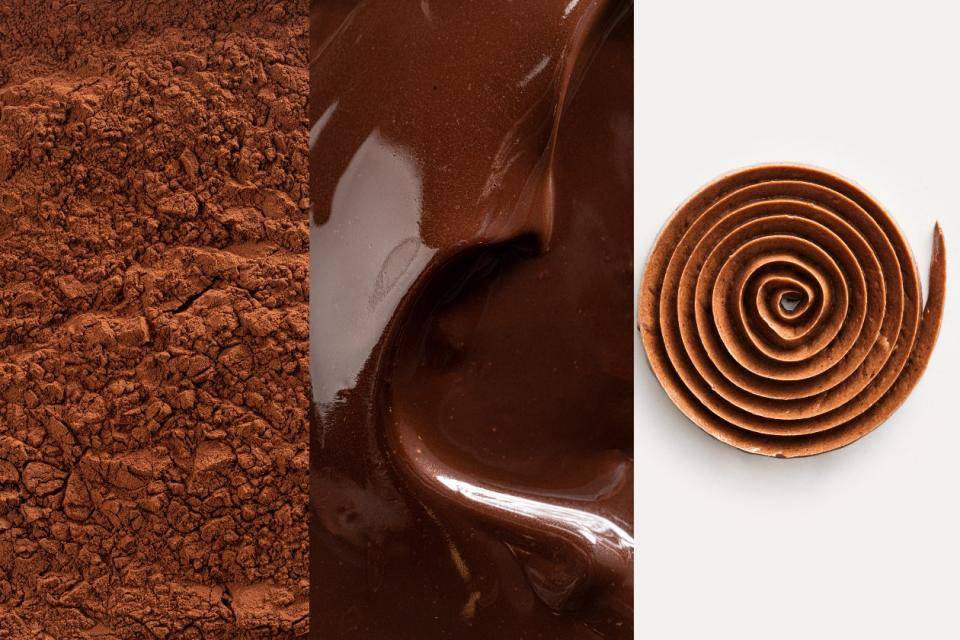
Extra Brute Cacao Powder, a medium-high alkalinity powder, shown dry, dissolved in water, and in buttercream.
What is Alkalised Cacao Powder?
Alkalised cacao powder undergoes a specific process involving the treatment of cocoa nibs with an alkaline solution, typically potassium carbonate. This alkalisation process raises the pH of the nibs, reducing their natural acidity. The treatment also contributes to the development of darker colour tones, enhanced flavours, and improved dispersibility and wettability of the final product.
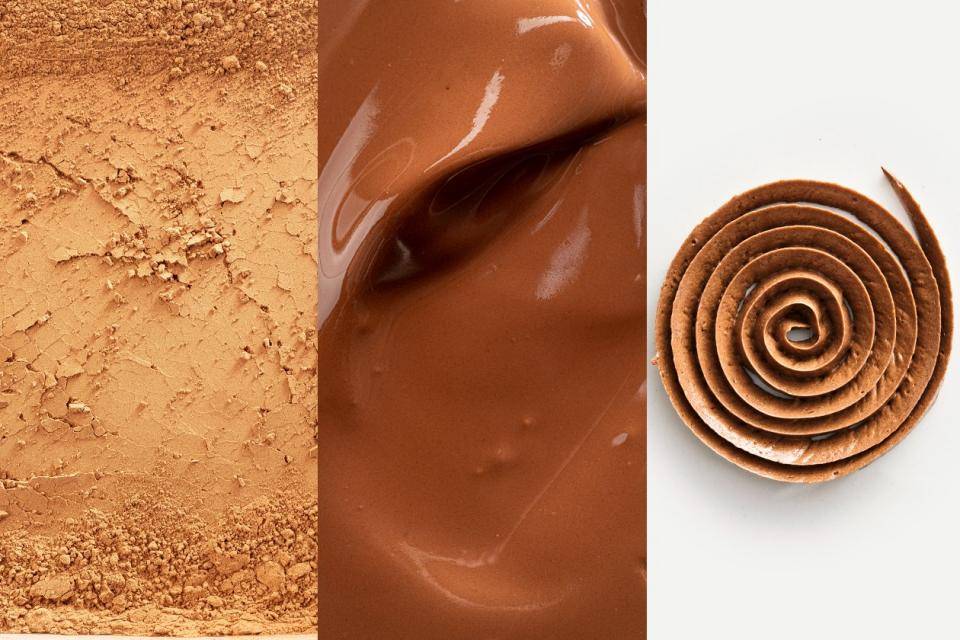
Nature Fruitée Cacao Powder, a natural powder, shown dry, dissolved in water, and in buttercream.
What is Natural Cacao Powder?
In contrast, natural cacao powder is not alkalised and has a slight natural acidity. This category of cacao powder allows for the usage of "natural" claims, as it maintains the inherent characteristics of the cocoa beans.
Differences in Flavour
Alkalised cacao powder tends to have a milder and less bitter flavour than natural cacao powder. The alkalisation process reduces the cocoa's natural acidity, resulting in a smoother taste. On the other hand, natural cacao powder boasts a rich and intense flavour, with pronounced cocoa notes that are characteristic of the pure cocoa bean.
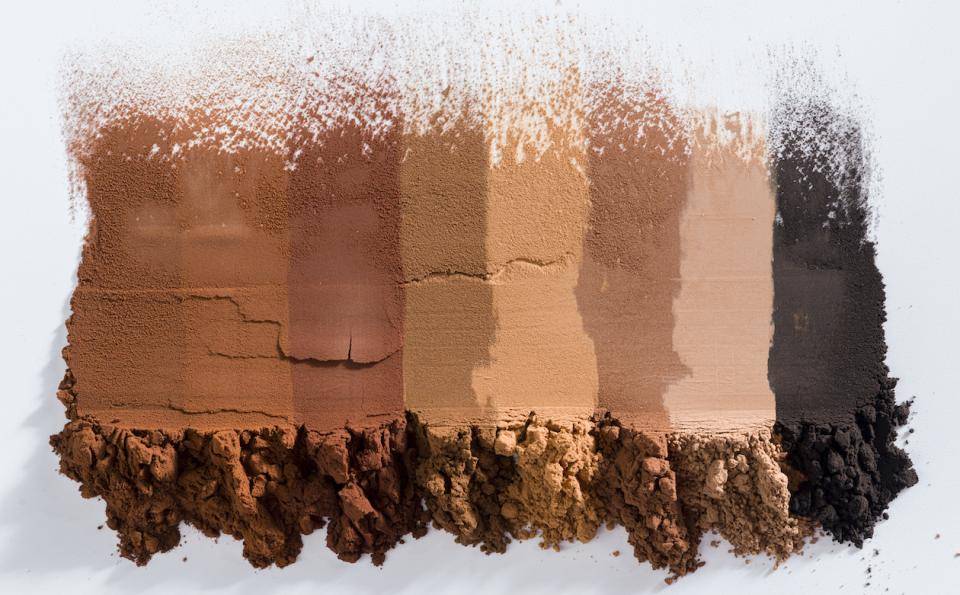
Different levels of alkalinity produce cacao powders with a range of colours. These colours may look very different when the powder is dissolved in liquid or used in a recipe!
Differences in Colour
The alkalisation process also affects the colour of the cacao powder. Alkalised cacao powder tends to have a darker colour, displaying reddish-brown hues. In contrast, natural cacao powder retains a lighter colour, reflecting the natural appearance of the cacao beans.
Nutritional Differences
Regarding nutritional content, some differences exist between alkalised and natural cacao powder. The alkalisation process may lead to a potential loss of antioxidants present in the cacao beans. Because it does not undergo the alkalisation process, natural cacao powder retains a higher antioxidant content.

These Dark Chocolate Gold Muffins from Chef Mark Tilling use Cacao Barry Extra Brute Cacao Powder in the muffin batter.
Uses and Applications
Both alkalised and natural cacao powder have unique uses and applications in the culinary world. Alkalised cacao powder is commonly used in baking, smoothies, and desserts, where its milder flavour and darker colour can complement a range of recipes. With its intense flavour and higher antioxidant content, natural cacao powder is often preferred in chocolate-making and raw desserts, where its rich taste shines through.
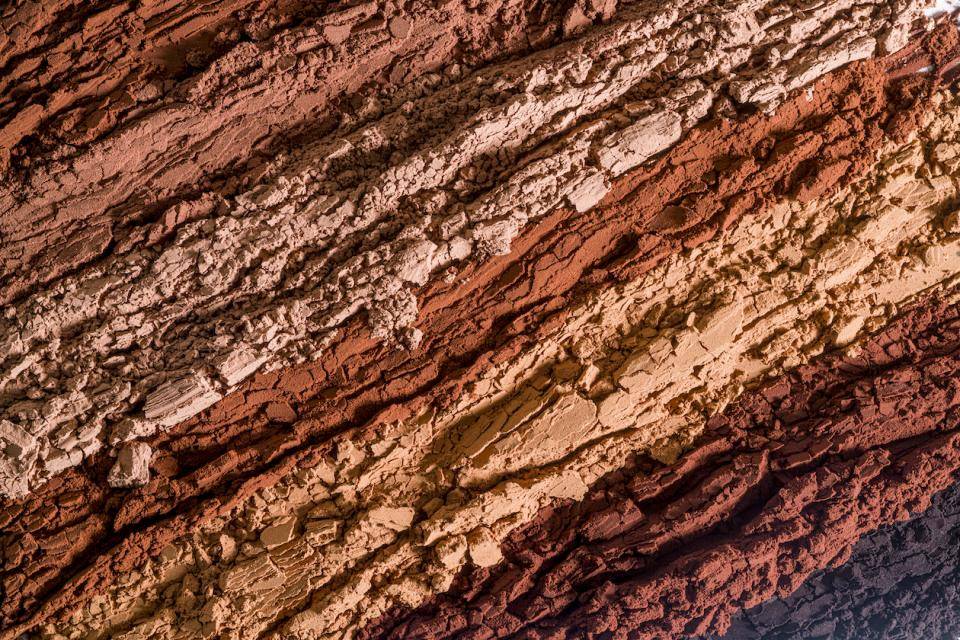
In summary, alkalised and natural cacao powder differ in flavour, colour, nutritional content, and applications. alkalised cacao powder offers a milder taste and darker colour, while natural cacao powder delivers a rich flavour profile and retains a higher antioxidant content. The choice between the two depends on your personal preferences and the specific requirements of your culinary creations. Experiment with both varieties to discover the perfect cacao powder for your indulgent treats and enjoy the wonderful world of cacao in all its delicious forms.



